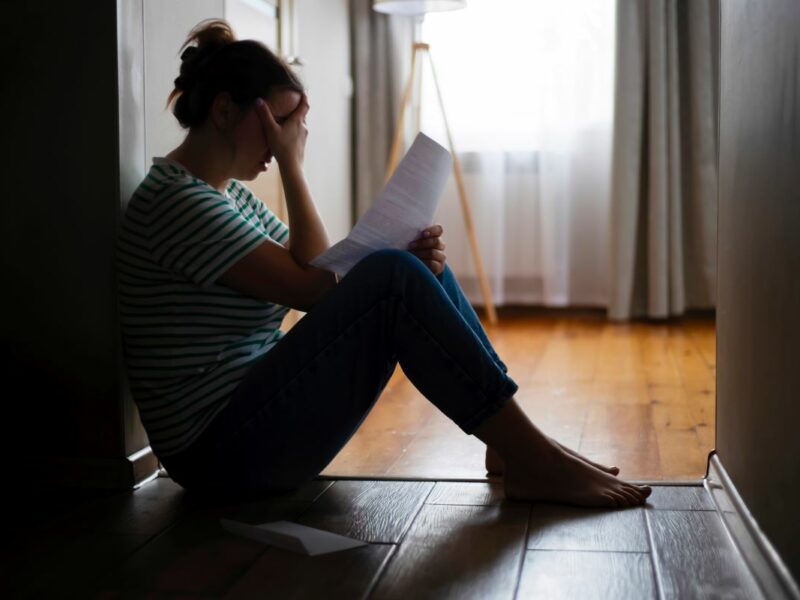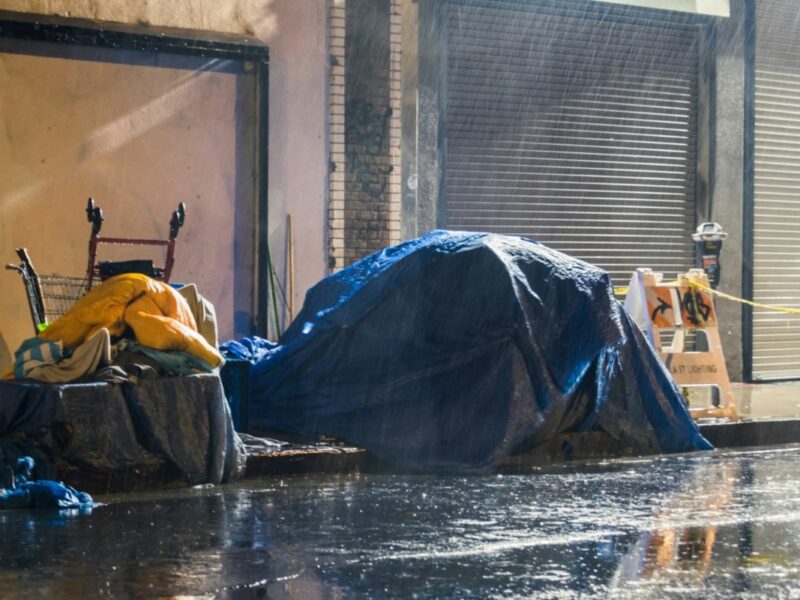I just watched the new mini-documentary produced by Invisible People titled “Finland Solved Homelessness: Here’s How.” If you have not seen it, I suggest you watch it. Here are my thoughts on this well-done documentary.
In less than a half hour, “Finland Solved Homelessness” does a beautiful job of explaining Finland’s process to implement the Housing First strategy that has worked so well for them. It also demonstrates why getting people into housing is so important, especially versus putting people in shelters.
One point they make that is critical is regarding tourism. I have a few friends who live in New York City. They’ve told me that for the last few years, crime has been rising, and so has the amount of homeless people on the streets.
One friend told me that there were scary-looking, dirty, and aggressive men hanging around an ATM that was not far from her apartment. She used to be able to use that ATM without fear whenever she felt like it, but now, not so much. Now she won’t use it without a friend with her.
Despite cameras everywhere in the five boroughs and Long Island, crime is rising. Are all the thieves homeless? No. But like always, when a homeless person engages in criminal behavior, they are seen as the entire problem, somehow representing all homeless people.
I recall hearing about the scary days of the 1970s in New York City when crime was high, and people were getting mugged all the time in subways and parks. That faded away in the 1990s and up until recently. The old Charles Bronson “Deathwish” movies were about that era of New York.
People thought the problem was solved, and now it seems to be back. Sadly, homeless people will be blamed whether they engage in this activity or not, and people who think about visiting the city are likely to think twice if they believe they will be mugged and assaulted by scary homeless men.
In the Finland documentary, it is pointed out that getting homeless people who have a drug addiction off the street and into housing increases everyone’s safety. It also encourages tourism as their country’s capital is considered a very safe city to visit in Europe. Our own Mark Horvath points out in the documentary that there were no homeless people to be seen on the streets.
The video also points out that not all of the people they put into housing are using drugs, but those who do can have access to help. That can’t happen for people living on the streets.
The fact is, all over the world, there are drug users and alcoholics who are housed. Many of them are functional addicts. I know an alcoholic who is. They can work and keep a job and apartment.
To say that all homeless people are addicts is wrong, and to say all of the people who get housed have an addiction is wrong. Whatever their status is, they are far better off in their own apartments than they are on the streets, if only for the protection of citizens who are afraid to encounter somebody who is drunk or high and acts either aggressively or in some threatening way.
According to the documentary, many people in Finland have significantly benefited from their efforts to get people into affordable housing, regardless of their status.
However, despite the success of their efforts, they still have to fight the politicians who would just as soon see the program gone. You’d have to be insane to want to put people back on the streets and discourage the tourism that brings wealth into the country. It’s also inhumane.
In America, there certainly are drug addicts on the streets who are homeless, no doubt about it. However, the depiction that this is the only face of homelessness is part of what is driving this train of hate.
The powers that be do not want you to see mothers with children as the face of homeless America, nor do they want you to see all the older people who worked their whole lives but are now priced out of housing. They also don’t want you to see homeless people like me who are disabled women who are also priced out of housing because disability doesn’t give us enough money each month actually to live.
As long as they can keep pushing the face of homelessness as that of dirty, scary-looking, drug-addicted men committing crimes, then little sympathy will be mustered for homeless people. This allows legislators to push through any agenda of criminalizing homelessness easily.
What Finland achieved didn’t happen overnight. It took time. But now their streets are free of human beings living on them, and the people in housing are now given a real chance at starting over and getting back on their feet, hopefully achieving independence and becoming contributing members of society. That is what most people want.
For those who are mentally ill or physically disabled, they can at least be indoors and presumably have a higher quality of life.
What would the model used in Finland take to happen in the US?
It would take a miracle at this point. Politicians don’t care about homeless people and have zero incentive to house anyone. They only want to please the people who keep them in office and the ones who line their pockets. We all know that’s not homeless or poverty-stricken people.
It’s simple: People like me do not matter and never will. Even if shown a path to a good solution, governments in the US will not pursue it. There’s more money in it for them if they criminalize homelessness, even though doing so costs the taxpayer more in the end.
So long as it’s not coming out of their pockets, the lawmakers and politicians don’t care. Why actually fix the problem when you can use it to make greedy people wealthier? Welcome to America.











